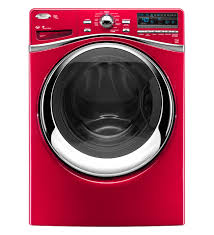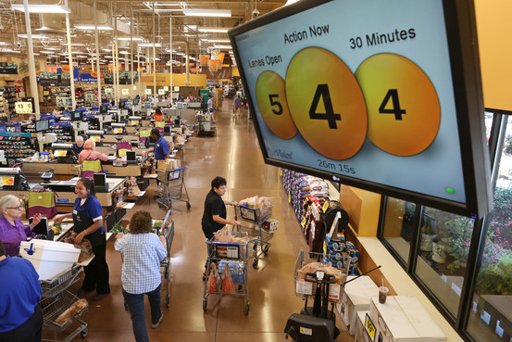 Many people nowadays don’t have enough cash on hand to make large purchases such as a washing machine or a refrigerator. For example, a newly married couple may find it difficult to purchase all the items they need for their new home all at once. Although most people would turn to credit cards to make such purchases, others are a bit intimated to do so. As a result, Sears Holding Corp. has recently launched a “lease-to-own” service, which will allow customers to purchase these items without credit. What this means is that instead of using a credit card as it is most commonly seen, people will be able to pay for the items they purchase over time whether it be electronics, furniture and/or mattresses. How is Sears doing this? The company partnered with WhyNotLeaseIt, a New Hampshire-based leasing service that allows customers to make monthly or bimonthly payments until the item they purchased is completely paid off.
Many people nowadays don’t have enough cash on hand to make large purchases such as a washing machine or a refrigerator. For example, a newly married couple may find it difficult to purchase all the items they need for their new home all at once. Although most people would turn to credit cards to make such purchases, others are a bit intimated to do so. As a result, Sears Holding Corp. has recently launched a “lease-to-own” service, which will allow customers to purchase these items without credit. What this means is that instead of using a credit card as it is most commonly seen, people will be able to pay for the items they purchase over time whether it be electronics, furniture and/or mattresses. How is Sears doing this? The company partnered with WhyNotLeaseIt, a New Hampshire-based leasing service that allows customers to make monthly or bimonthly payments until the item they purchased is completely paid off.
This new service Sears is rolling out will be available by the end of May and will be an alternative to its current layaway service, which does not allow customers to take their items home until they are fully paid off. By using this service people will not have to wait and hope they qualify for a Sears credit card or wait weeks until they finish paying it off using the layaway service.
Sears is hoping that the introduction of this new service will help them boost their customer base after years of sluggish sales.
At the top of the list of the ten operations management decisions is the “design of goods and services”. The introduction of this new leasing service certainly falls under this category. However, the success from this service will also be dependent on other strategies that operations managers will have to think about. For example, should they consider a different layout strategy to make the items they offer more attractive? Perhaps placing signs throughout the store will make this leasing service more attractive to customers. Further, it is important to note that these big-ticket items also require constant maintenance, hence operations managers need to maintain inventory in the best condition to prevent any loss in value or have them end up on the “clearance” section. Managing quality also comes into play with the introduction of the leasing service. Operations managers need to decide whether they will be leasing the items they currently carry or will introduce new items that are better quality but more pricy because customers may decide that it is worth it to get an item of better quality since they wont have to worry about the cost right away.
Do you think the introduction of this new service will give Sears some competitive advantage? What other OM decisions will Sears have to take as a result of the implementation of this program?
Continue reading “Don’t Have Enough Cash For a Washing Machine? SEARS Can Help!”





 schools and filling other schools help cut costs and make it more efficient for the schools if they are full. Yet, the problem is what to do with the schools that are closed and empty.
schools and filling other schools help cut costs and make it more efficient for the schools if they are full. Yet, the problem is what to do with the schools that are closed and empty.  seniors 55 or older that have a low income can have a place to live. Seniors who can’t afford housing have found a place to live and the city of Milwaukee was able to convert an old school into a beautiful place for others. Yet, there is a catch.
seniors 55 or older that have a low income can have a place to live. Seniors who can’t afford housing have found a place to live and the city of Milwaukee was able to convert an old school into a beautiful place for others. Yet, there is a catch.
 competition. By selling their bags of coffee for about the same price as their competitors, they are able to attract the lower end of the socioeconomic ladder, as opposed to just the upper end. Assuming they aren’t sacrificing quality, the Starbucks brand bags of coffee would be the best available option to these consumers. Overall, they would be reaching a much wider market then their competitors.
competition. By selling their bags of coffee for about the same price as their competitors, they are able to attract the lower end of the socioeconomic ladder, as opposed to just the upper end. Assuming they aren’t sacrificing quality, the Starbucks brand bags of coffee would be the best available option to these consumers. Overall, they would be reaching a much wider market then their competitors.
